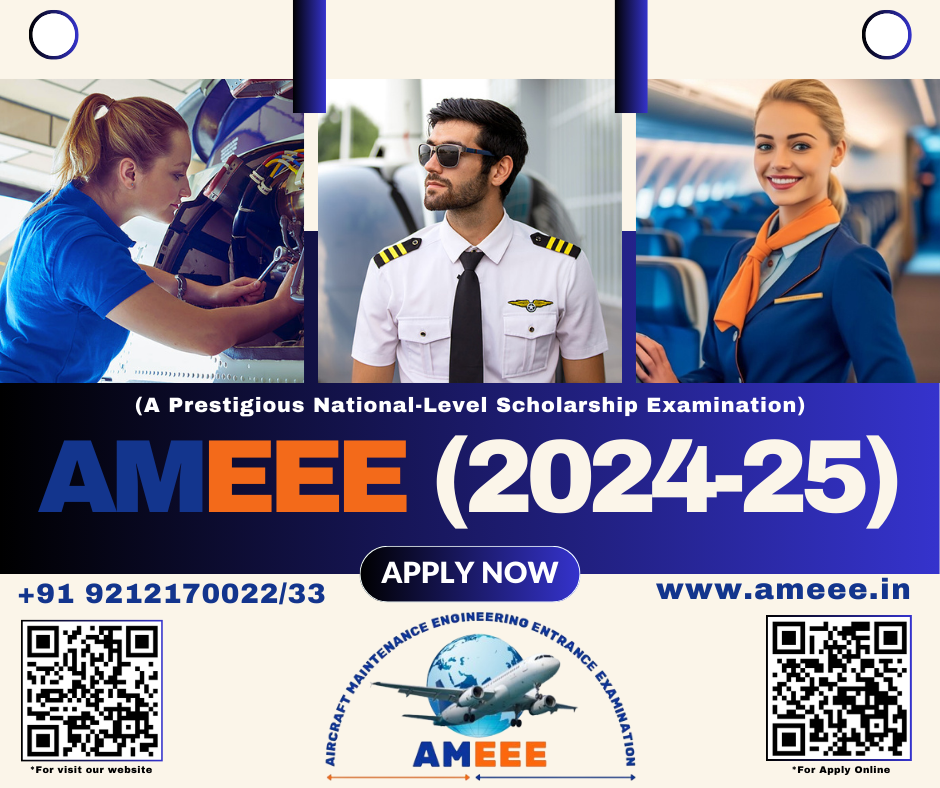Aerospace Engineering is a multidisciplinary branch of engineering dedicated to the design, development, testing, and production of aircraft, spacecraft, satellites, and related systems. It encompasses aeronautical engineering, focusing on aircraft, and astronautical engineering, centered on spacecraft. This field is pivotal in advancing technology for aviation and space exploration. An Aerospace Engineering Course offers a comprehensive education in designing, developing, and maintaining aircraft and spacecraft. Students explore aerodynamics, materials, propulsion systems, and avionics, gaining theoretical and practical knowledge. The curriculum includes structural analysis, flight mechanics, and systems engineering, often involving hands-on projects and simulations, preparing students for real-world challenges in this dynamic field.
Aerospace engineering is the principal engineering discipline dedicated to advancing aircraft and spacecraft development. It comprises two interconnected branches: aeronautical engineering, focused on aircraft, and astronautical engineering, dedicated to spacecraft. Avionics engineering shares similarities but concentrates on the electronic aspects of aerospace engineering.
Originally known as aeronautical engineering, the field evolved as flight technology expanded to include outer space vehicles, adopting the broader term “aerospace engineering.” The astronautics branch within aerospace engineering is colloquially known as “rocket science.” This dynamic field encompasses a wide range of technological advancements, playing a pivotal role in the evolution of both aviation and space exploration.
| Course Component | Description |
|---|---|
| Degree Offered | Bachelor of Engineering (B.Eng.) Bachelor of Engineering and Technology (B.Tech.) in Aerospace Engineering. |
| Duration | 4 years for a bachelor’s degree. |
| Core Subjects | Aerodynamics, Aircraft Structures, Propulsion Systems, Flight Mechanics, Control Systems. |
| Elective Courses | Avionics, Spacecraft Design, Materials and Structures, Computational Fluid Dynamics (CFD). |
| Laboratory Work | Hands-on experience in wind tunnels, flight simulators, and aerospace materials testing labs. |
| Internship/Industrial Training | Practical training in aerospace companies or research institutions. |
| Final Year Project | In-depth research or design project related to aerospace engineering. |
| Advanced Degrees | Opportunities for Master’s (M.Sc. or M.Eng.) or Ph.D. for specialization and research. |
| Career Paths | Aerospace Engineer, Avionics Engineer, Propulsion Engineer, Systems Engineer, Research Scientist. |
| Industries | Aerospace companies, Defense, Space Agencies (e.g., NASA, ISRO), Aviation, Research Institutions. |
| Skills Developed | Analytical and Problem-Solving Skills, Technical Proficiency, Communication, Teamwork. |
| Global Opportunities | Potential to work on international projects and collaborate with global aerospace organizations. |
| Industry Trends | Increasing focus on sustainable aviation, electric propulsion, and advancements in space exploration. |
| Professional Organizations | AIAA (American Institute of Aeronautics and Astronautics), RAeS (Royal Aeronautical Society). |
| Licensing/Certification | Some countries may require professional engineering licensure for specific aerospace roles. |
Aerospace Engineering Course Duration
The duration of an aerospace engineering course can vary depending on the level of study and the educational system of the country. Here are common durations for aerospace engineering courses:
- Bachelor’s Degree (B.Eng.): Typically, a bachelor’s degree in aerospace engineering is a four-year program. This duration may vary slightly based on the specific curriculum and university.
Skills and Eligibility for Aerospace Engineer
To pursue a career as an aerospace engineer, individuals must possess a blend of specific skills and meet particular eligibility criteria. Here’s a detailed breakdown:
Skills Required:
- Strong Analytical and Problem-Solving Skills.
- Creativity and Alternative Thinking.
- Communication Skills.
- Speed and Accuracy.
- Strong Mathematics and Mechanics.
- Technical Expertise.
- Concern for Safety.
- Interest in Aviation and Science
- Sense of Responsibility.
- Ability to Work Under Pressure.
Eligibility Criteria
- Educational Background: For admission to a Bachelor’s degree in Aerospace Engineering, candidates typically need a background in Physics, Chemistry, and Mathematics (PCM) or Biology in Class 12.
- Entrance Exams: To secure admission to top engineering colleges in India, an engineering aspirants could apply in AME CEE (Aircraft Maintenance Engineering Common Entrance Exam).
Aerospace Engineering Subjects
The specific subjects and their arrangement can vary between universities and aerospace engineering programs. Here is the general outline of common aerospace engineering subjects typically covered in a four-year undergraduate program, divided by years and semesters.

